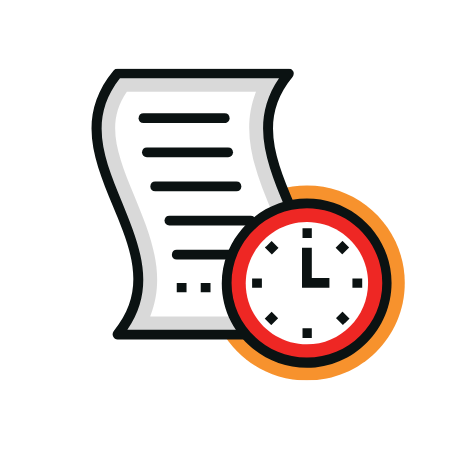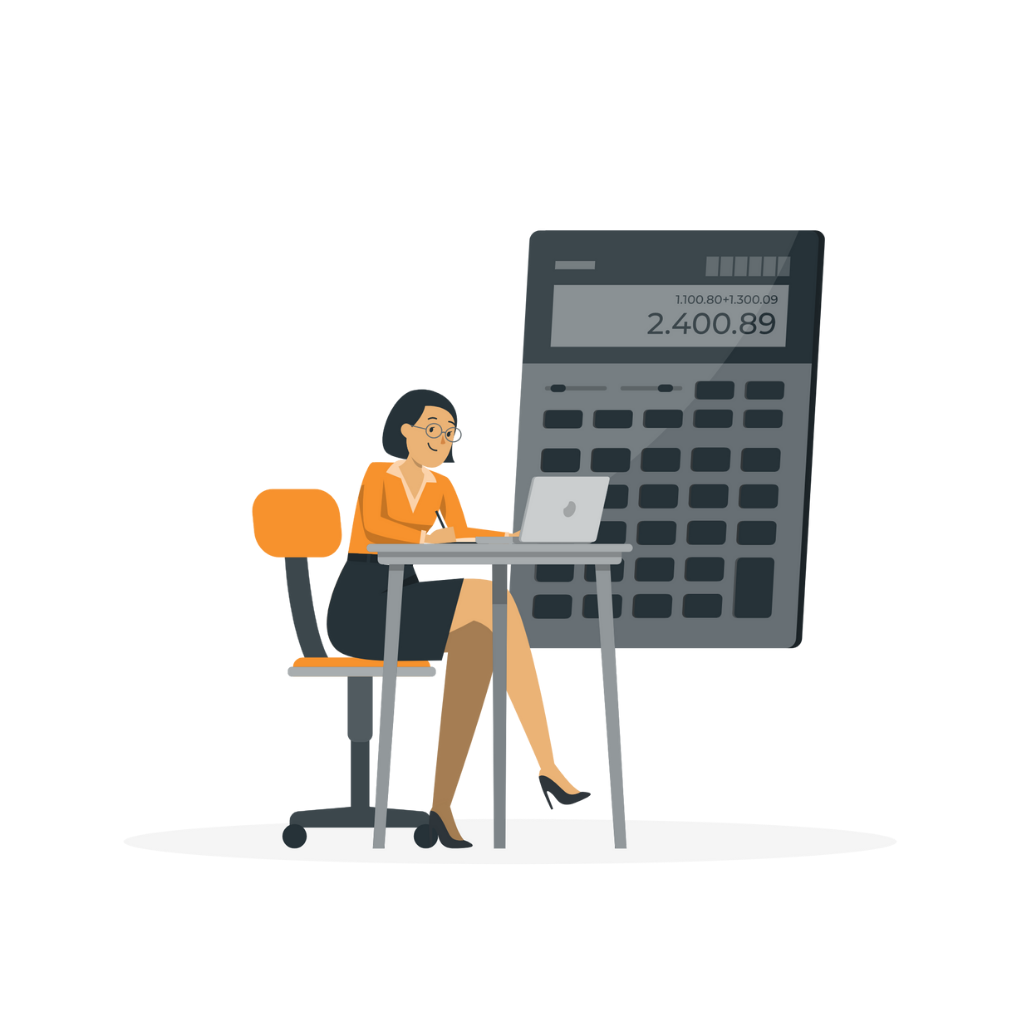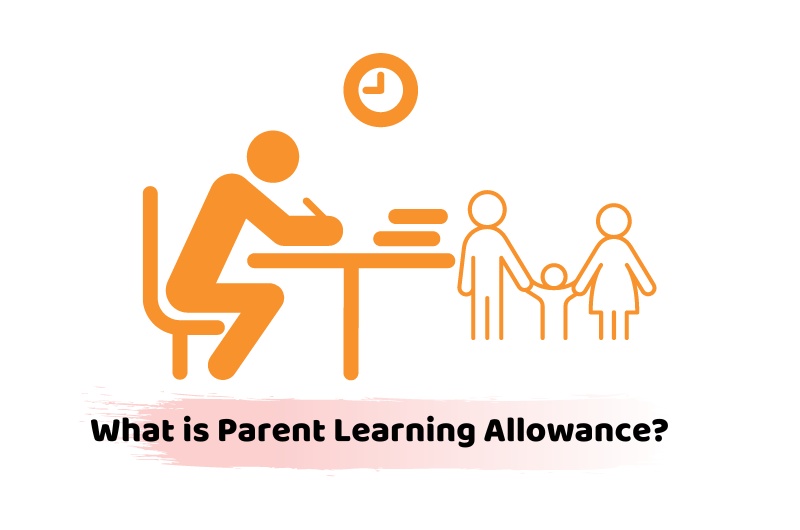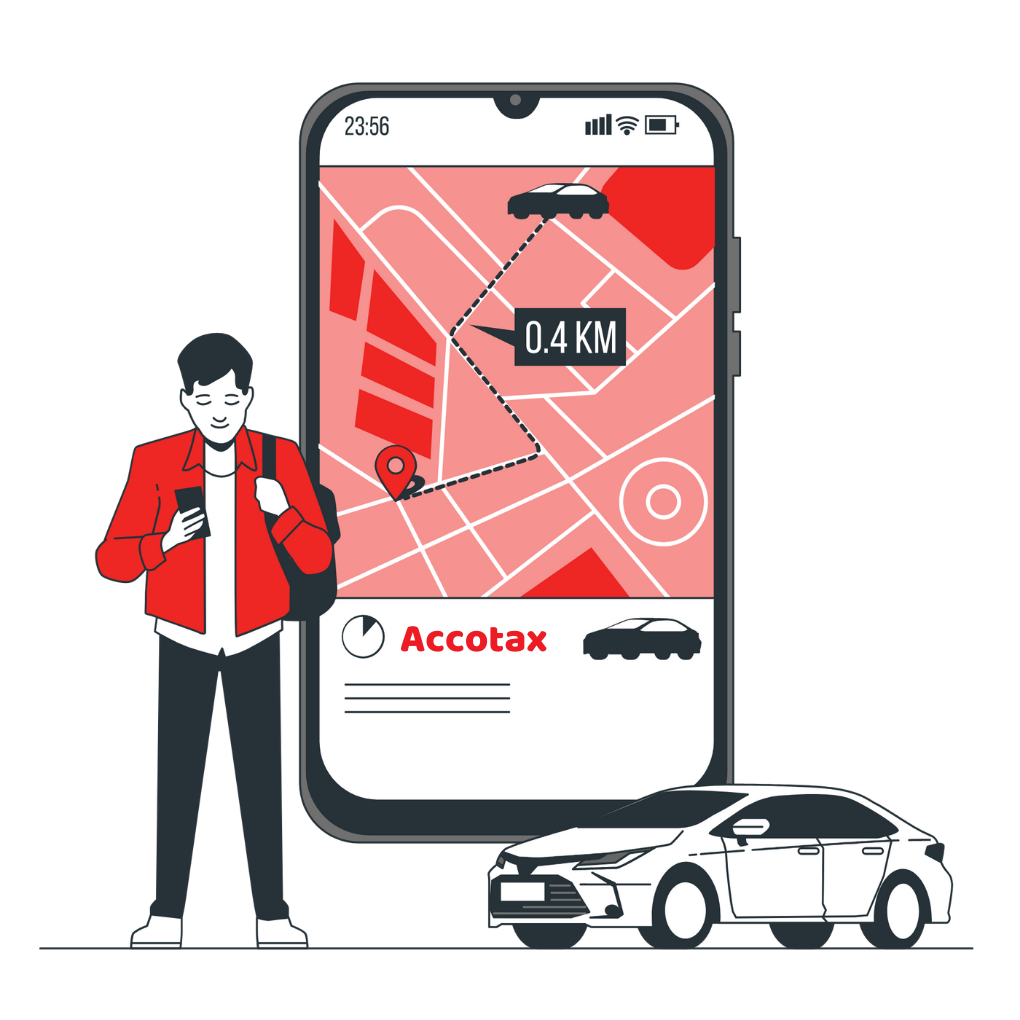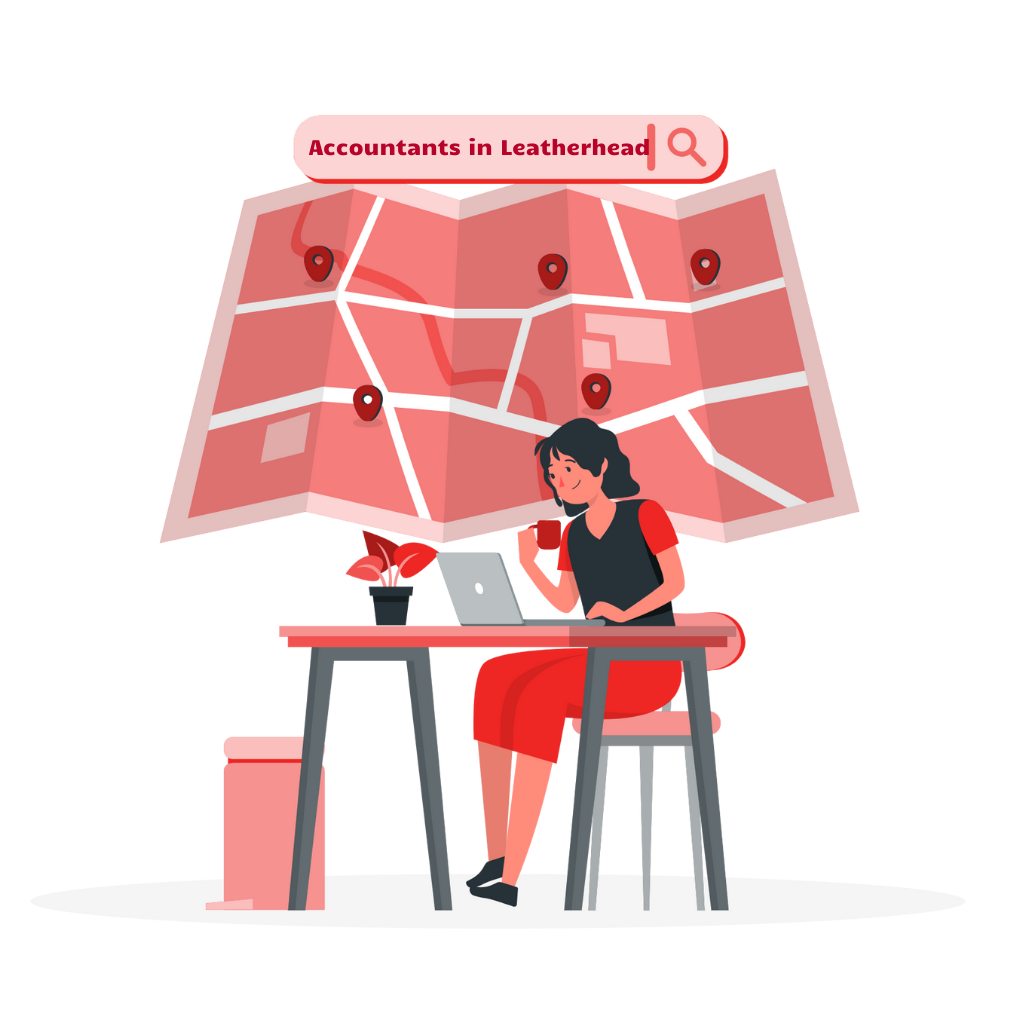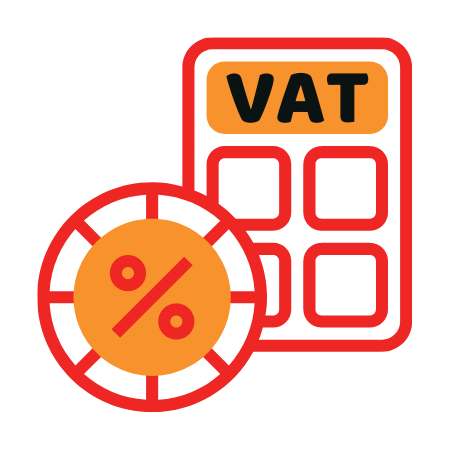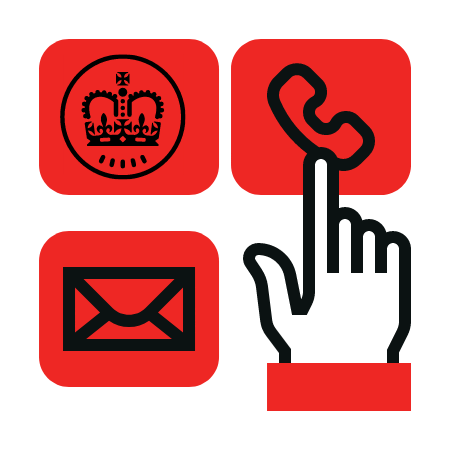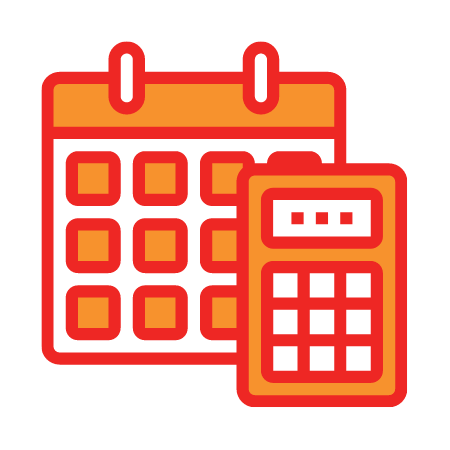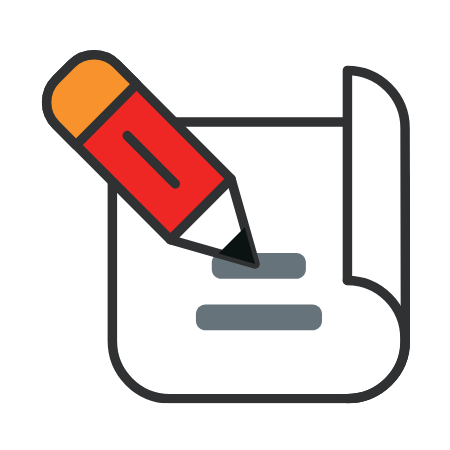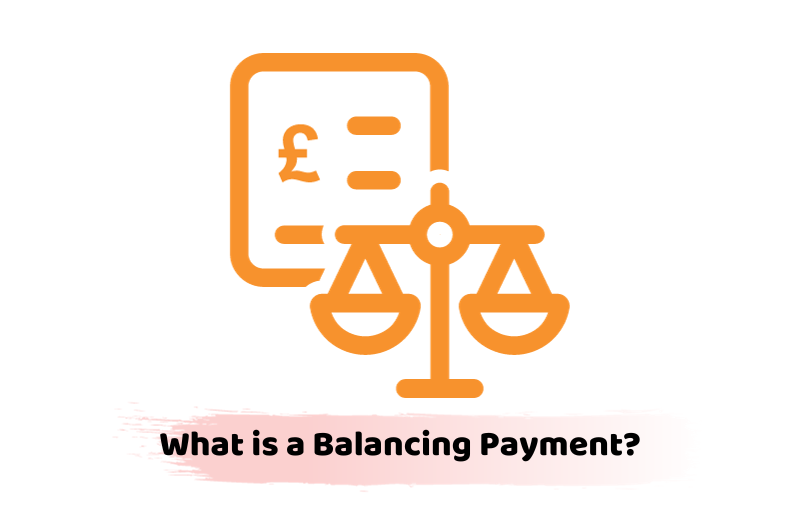If you are looking for a discussion based on balancing payments in the UK, this is the best guide for you to gather information about the basics of balancing payments. This will help you to know further what to do in case you find yourself unable to pay a balancing payment.
Moreover, the first step should be to reach out to HM Revenue and Customs (HMRC) and explain the specifications of your unique situation. This might be able to help you set up a payment plan or explore alternative options. We will find out what works together to find a solution that works for you.
Get in touch with one of our experts to learn more about Balancing Payments. We are available from 9:00 am – 05:30 pm Monday to Friday.
What is a Balancing Payment?
A balancing payment in the UK refers to the additional tax that may be owed by a taxpayer after the end of the tax year. It occurs when the amount of tax paid throughout the year, usually through Pay As You Earn (PAYE) deductions or self-assessment payments, is less than the actual tax liability. This can happen if there were changes in income, allowances, or tax reliefs that were not accounted for during the year. Keeping track of your tax obligations will help you avoid any surprises at the end of the year.
How Does the Balancing Payment Work?
When it comes to balancing payments in the UK, it’s all about making sure that you’ve paid the right amount of tax throughout the year. Here’s how it works, let’s say you’re an employee and your employer deducts tax from your salary through the Pay As You Earn (PAYE) system. The amount of tax deducted is based on an estimate of your annual income and tax allowances.
However, this estimate might not be 100% accurate, especially if your circumstances change during the year. So, at the end of the tax year, HM Revenue and Customs (HMRC) compares the tax you’ve paid with your actual tax liability. Knowing the tax affairs and making any necessary adjustments to avoid unfavourable consequences will help when the time comes to settle with HMRC.
What if I am a First-Time Freelancer?
In case you’re a first-time freelancer, it’s better to understand how balancing payments works. As a freelancer, you’ll need to register for self-assessment with HM Revenue and Customs (HMRC) and complete a tax return at the end of the tax year.
If you’ve made payments on account towards your tax bill, these will be taken into consideration. At the end of the tax year, you’ll need to compare your actual tax liability with the payments you’ve made. If you’ve paid too little, you’ll require the balancing payment. If you’ve paid too much, you may be entitled to a tax refund. Keep accurate records and consult to ensure you’re meeting your tax obligations as a freelancer.
What are Payments on Account?
Payments on account are a way for self-employed individuals in the UK to pre-pay their tax liabilities for the upcoming tax year. It’s a system designed to help individuals spread the cost of their tax bill throughout the year. If your tax bill is over a certain amount, usually £1,000, HM Revenue and Customs (HMRC) will require you to make payments on account. These payments are due in two instalments, one by January 31st and another by July 31st.
The amount you pay is based on your previous year’s tax liability. However, you should note that payments on account can sometimes result in overpayment if your income decreases or if you have more allowable expenses in the current tax year.
How Do You Make Your Balancing Payment?
Making a balancing payment is a straightforward process. If you’ve determined that you owe additional tax after comparing your actual tax liability with the payments you’ve made, you can make a balancing payment to HM Revenue and Customs (HMRC). You can even opt for the online bank transfer to complete the process in this regard.
You’ll need to provide your unique payment reference, which can be found on your tax bill or in your online HMRC account. Make the payment by the deadline specified by HMRC to avoid any penalties or interest charges.
Can’t Pay a Balancing Payment – What will Happen?
If you can’t make a balancing payment in the UK, it’s suggested to take action right away. You should get in touch with HM Revenue and Customs (HMRC) and explain your situation. They may be able to offer you a payment plan or alternative options to help you manage your tax liability.
The Bottom Line
To sum up our discussion on balancing payments in the UK, you must remember a few key points. In case of find yourself stuck in a situation that is making you unable to balance the payment, you must seek help from the relevant professional in this regard. Your case and specific needs, are there to help and may be able to offer you options like setting up a payment plan or exploring alternative solutions. Addressing the issue proactively is always better and you will not experience any potential consequences.
Reach out to our expert professionals to get your queries answered instantly. We will love to come up with the best possible solutions to your queries Balancing Payment.
Disclaimer: The information about Balancing Payment is provided in this article including text and graphics. It does not intend to disregard any of the professional advice.







